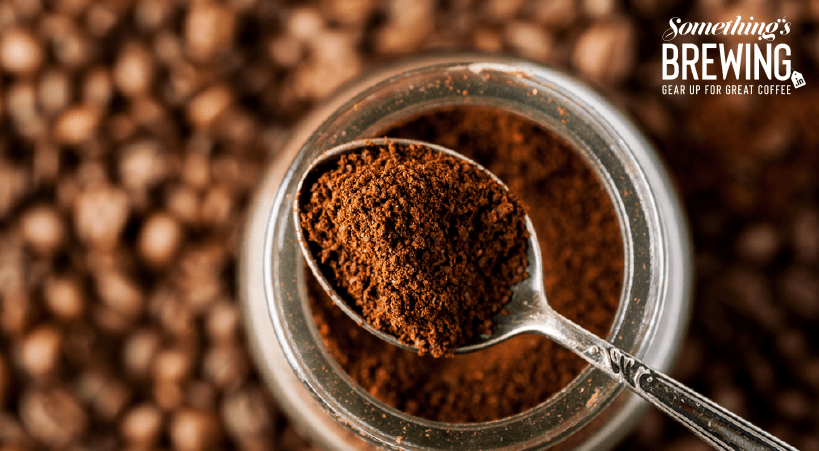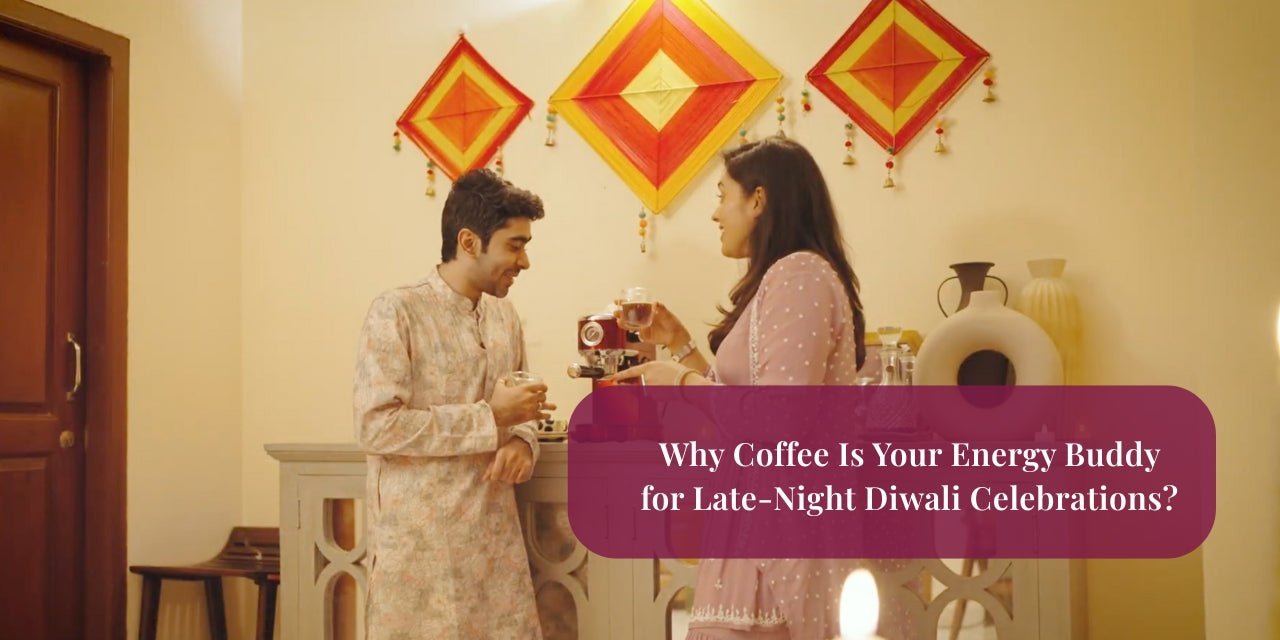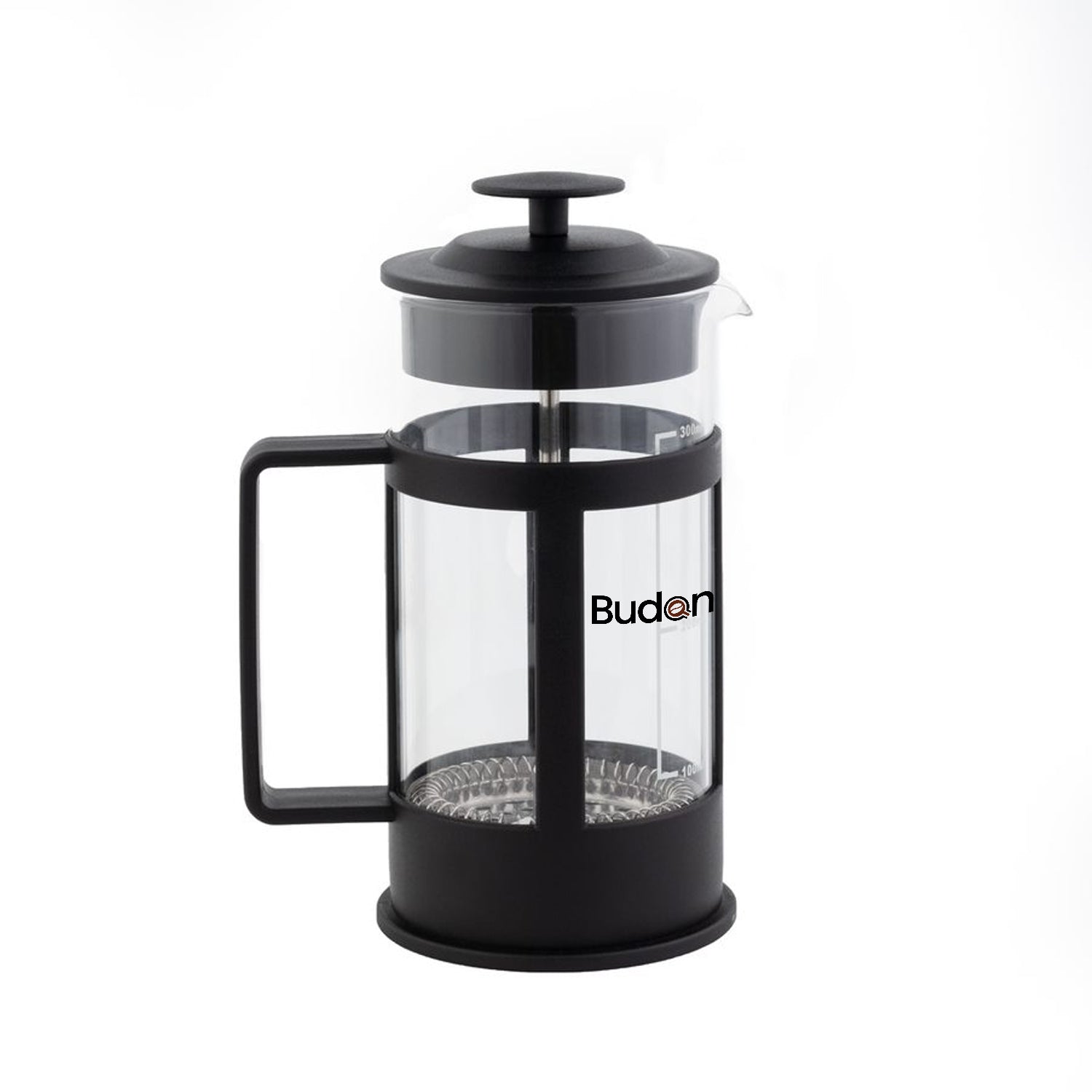Welcome back to Coffee 101: Here we guide you through all the basics of coffee - brews and techniques. Crafting your cuppa at home can (and should) be an enjoyable process; and we’re here to guide you through the basics.
Ground coffee is simply the powdered coffee granules that come from whole coffee beans. There are different kind of grind sizes and textures, and how you grind the beans will ultimately decide how the flavour will be extracted while you brew.
Coarser grinds will allow water to sift through quickly, while fine grinds ensure that the coffee has more surface area exposed to the extraction process.. Finer grounds would allow more interaction between water and coffee resulting in more extraction. Different brewing techniques and equipment require different grind sizes. We’ve shared a general rule of thumb below, but key here is experimentation! Try different grinds with each brew to see what you like best.
Now that we’ve understood what grounds are, you’re probably wondering how to grind your own. There are a lot of different options, some are electric and do the work for you, while some are manual, and require more input from you. It depends on your lifestyle and what works best for you. Several machines have in-built grinders too. A basic burr grinder is a good place to start.
Grind sizes
Coarse / Medium Coarse grind: This includes larger pieces of coffee grounds with a rougher texture all the way upto grounds with a sandy texture. Ideal for the French Press and Cold Brew.
Medium grind: Arguably one of the most popular grinds, this is perfect for pour overs and drip machines.
Medium-fine grind: Think of this as silky sand, it doesn’t suck together and is another safe choice for quicker extractions like the Delter Press and Aeropress.
Fine grind: Did someone call for fine salt? This fine grind is perfect for moka pots, South Indian filter coffee and espresso machines, as it’s easy to pack and tamp.
Freshness factor
Here’s the bad news: coffee starts to oxidise from the moment it’s been roasted. This happens when oxygen comes in contact with the compounds in coffee, altering the structure, affecting the acids, oils and aromatic structure of the bean.
Coffee that’s been ground will oxidise even faster, as there is more surface area exposed to oxygen. Rulebook: the finer the grind, the quicker it will oxidise. This is why we suggest grinding fresh coffee before each brew.
Storing the coffee
We recommend storing your coffee away from air, moisture, heat and light. Your ideal spot would be an airtight container tucked away in a dark shelf. Somethings Brewing also also retails a variety of vacuum sealed storage containers, which you must check out. “Never store your beans in the freezer!” We think Socrates said that. He was right, either way. The fridge will introduce moisture to your coffee — not ideal.
Don’t be misled by this though - ground coffee can look the same as instant coffee, but they are very different. The only similar thing is that they both come from coffee beans. The instant variety has been heavily treated and comes out of a packaged jar, while ground coffee is fresh - straight from the bean, ground in batches — in your kitchen or at your nearest roastery.



























